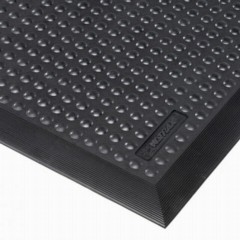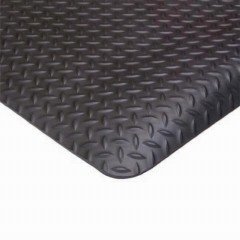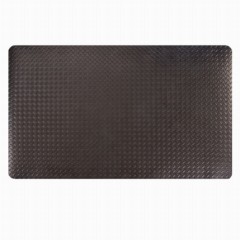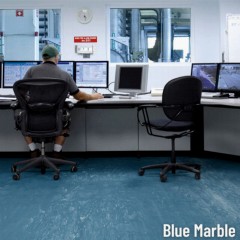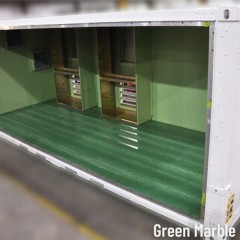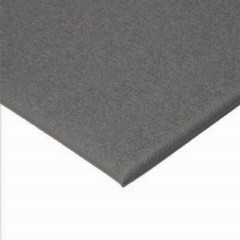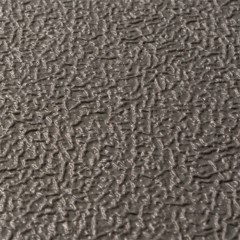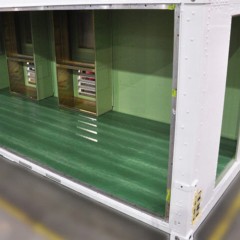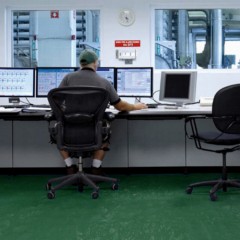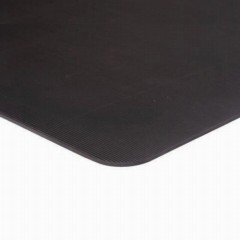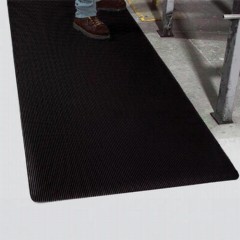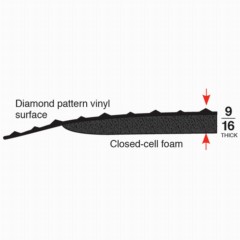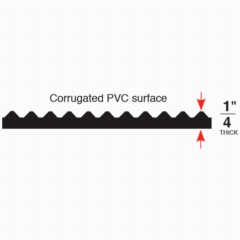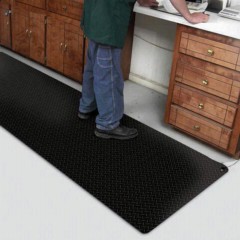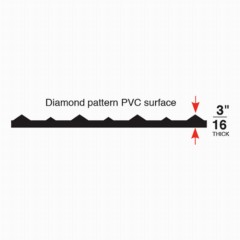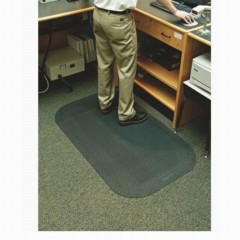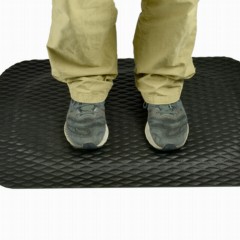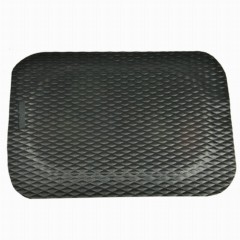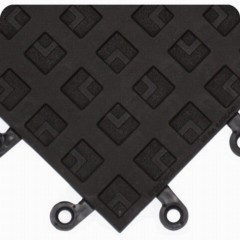When concerns about electrostatic discharge are present in the workplace,
ESD mats are a smart choice. And when such mats also provide anti fatigue capabilities, they are the best choice for places where employees must stand to do their jobs for long periods of time.
At Greatmats, we offer multiple different types of matting that carry both ergonomic benefits and electrical static dissipative benefits. Employees can work safely – and keep equipment safe – when these ESD mats are present.
Size and Shape Options
Customers can select small mats made for a single person to use comfortably. Such mats measure anywhere from 2x3 feet to 3x10 feet. This size is ideal for use at an individual workstation or desk.
Another option is a runner or roll that covers a long, narrow space. Such
rolls can be as long as 75 feet, making them useful for placing at a row of desks or along an assembly line where workers need to move back and forth.
For those who need to cover an entire room with a high quality ergonomic floor, we have
interlocking tiles available that measure 18x18 inches each. This simplifies the process of creating a particular size in the layout.
We offer ESD mats as thick as 7/8 inches and as thin as 1/8 inches. Thicker mats will have better cushioning properties, while thinner mats work better for rolling office chairs over the top of the mat.
Some of our
thick mats contain beveled edges, which reduces the possibility of tripping over the lip of the mat.
Material Options
We offer several different material choices in our ESD mats.
- Rubber mats have a high level of durability, with some offering a manufacturer’s warranty as long as three years. They are extremely easy to clean, too.
- Rubber foam blended mats provide some of the durability benefits of rubber and some of the fatigue resistance benefits of foam.
- Vinyl mats are durable as well, while weighing less than rubber. Vinyl mats can be constructed in an extremely thin design, if desired. Some of our vinyl ESD mats include a foam backing layer, making them thicker while adding extra cushioning.
- PVC plastic mats offer a nice blend of durability and cushioning. PVC can stand up to almost any environment successfully.
Pattern and Texture Options
To help with traction when using our electrostatic discharge mats, we offer multiple textures molded into the material. Some of these textures also help with the anti fatigue benefits of the ESD mats.
- Bubble textures provide more cushioning than traction, forcing the person standing on the mat to shift weight occasionally, which is important to limit leg fatigue.
- Diamond tread textures have a high level of traction, while also helping with reducing leg fatigue.
- Pebble textures are subtle, meaning the mat almost appears smooth, while still providing some texture.
Common Use Options
These mats appear most frequently where people will be standing and working in areas where electrostatic discharge may occur. These discharges could cause damage to sensitive technical equipment, making a static resistant flooring highly important.
The materials in the matting will drain any static discharge from people and other objects as they move across the floor. By draining the charge, it slows down the flow of the charge, helping to neutralize it and preventing potential damage to electronic components.
The anti fatigue capabilities in these mats are also highly important. When workers must stand for the entire day to do their jobs, they can end up with leg, ankle, and hip pain that affects their ability to do their work. The cushioning properties in these floors allow people to work longer comfortably.
Installation Options
The vast majority of customers choose to use a dry lay installation with these mats and rolls. You want the ability to pick up the mat and move it or to take it outside for cleaning, so customers rarely use glue on the underside of the material.
Most of these mats have enough weight and size to hold them in place without sliding around as people are using them.
Additionally, some of these mats contain unique textures on the underside of the mat. The design of these textures attempts to trap air bubbles underneath the mat that help to hold the mat securely in place without sliding around.
Cleaning and Maintenance Requirements
When working with these types of static resistant mats, it’s important to keep them as clean as possible. The static resistant properties do not work as well when the mats are dirty or dusty.
Use a broom, a vacuum cleaner, or a dust mop to remove dry debris from the surface of the mat. This should occur on a regular basis.
Plan on wet mopping the mats a couple of times per week. Use warm water and a type of cleaning solution made specifically for static mats. Avoid any kind of cleaning product that will leave residue on the surface of the mats.
 $37870 /Mat You Save 20%$3.16/sqftShips Out in 11-14 Working DaysShop
$37870 /Mat You Save 20%$3.16/sqftShips Out in 11-14 Working DaysShop